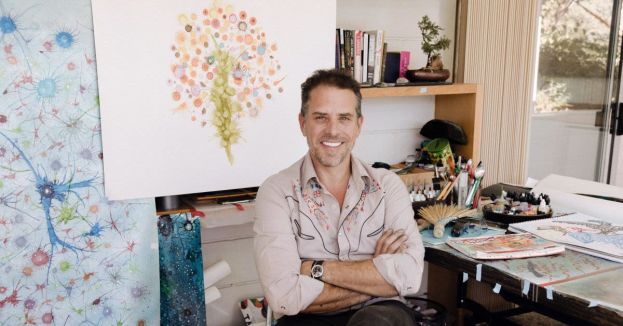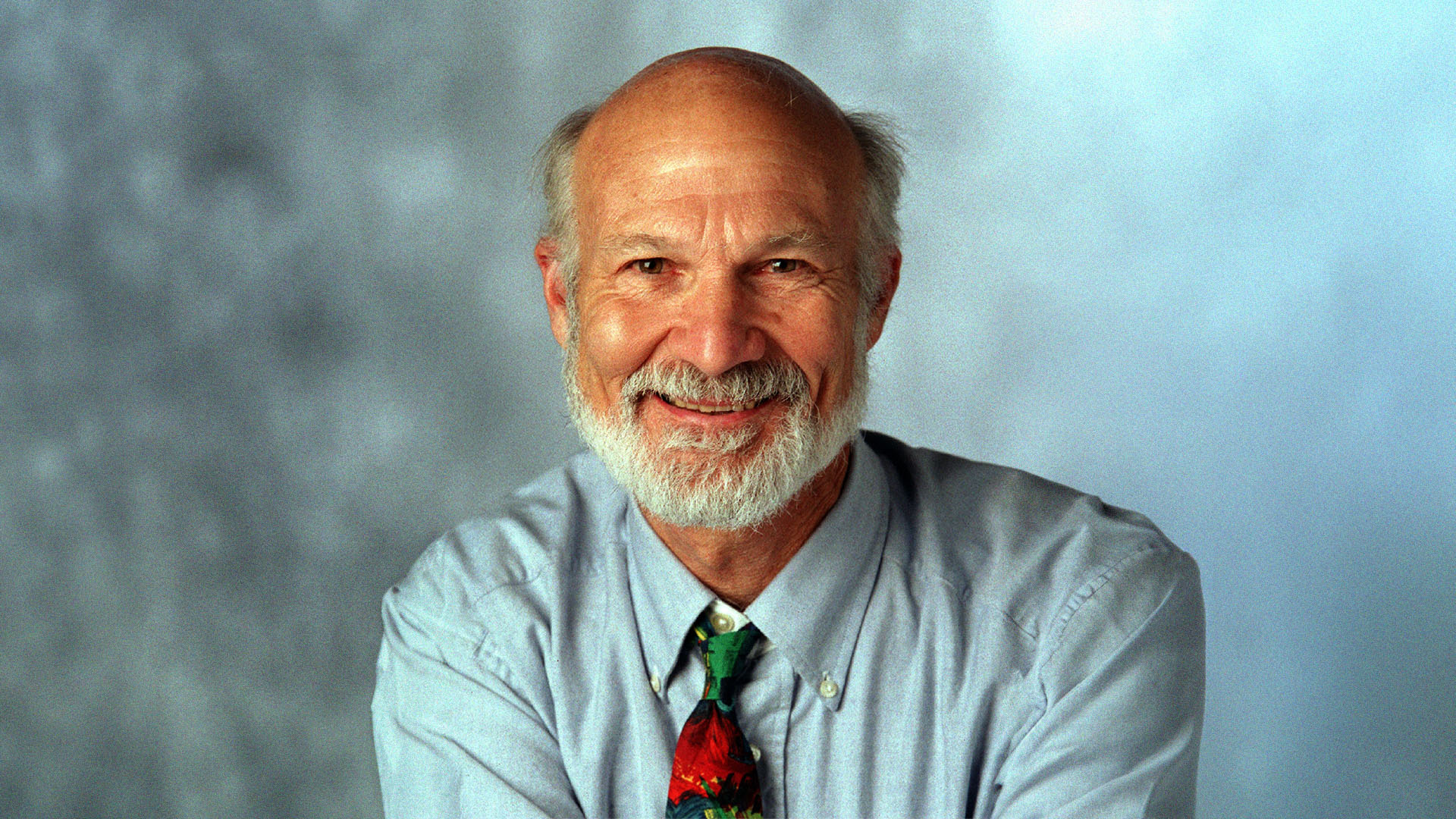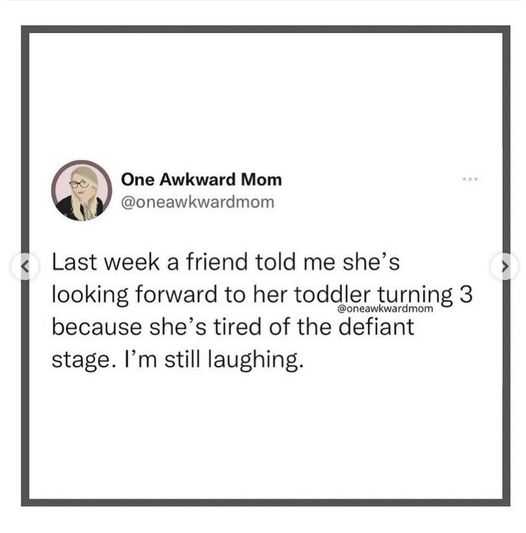
www.thegospelcoalition.org
How Stanley Hauerwas Inspired Us to Have More Kids
If there’s a theologian known for upsetting categories—and unsettling listeners—it’s Stanley Hauerwas.
He has been a top voice in virtue ethics‚ a critic of Reformed theology (to which I hold)‚ and the only theologian I’ve known to cuss in class. He can lob a fiery critique at Christian nationalism‚ only to tell off the theological left for where they’re not even Christian. Time named him “America’s best theologian” in 2001‚ eliciting his dry response that “best” isn’t a theological term he recognizes.
We can all benefit from Hauerwas’s willingness to call out idols on the right‚ idols on the left‚ and—most dangerous of all—idols we hold in common. Ever noticed how quiet it gets in church when the pastor brings up money? Hauerwas takes the awkwardness up a level. It gets really uncomfortable when he launches into how materialism‚ desire for control‚ and failure to be distinct from the world together affect our theology of childbearing. Discussion of “having babies” is as awkward as it gets. How did Hauerwas influence my thinking about children?
From Debating to . . . Dating
I studied with Hauerwas as a single grad student‚ and his criticism of “romantically idealizing family” hit me personally. I was a culprit. A frustrated culprit. I’d stayed on my career path partly (OK‚ mostly) because marriage hadn’t materialized. At Duke‚ I was surrounded by male colleagues more prone to debate than date. Yet one such philosophy student caught my attention‚ and I determined not to let him off so easily.
It gets really uncomfortable when Hauerwas launches into how our materialism‚ desire for control‚ and failure to be distinct from the world together affect our theology of childbearing.
In a weeks-long debate with this “friend” from both Duke and church—was it only friendship?—Hauerwas’s views on marriage took center stage. No mere academic exercise‚ the debate was this: Could we each do as much‚ or more‚ for God’s kingdom through singleness? (My friend’s stance.) Or are certain goods best‚ even only‚ accomplished through marriage? (My stance.) We contested the place of personal goods like companionship and romance versus societal goods like raising the next generation in the faith.
Though Stephen was older‚ decidedly single‚ and more concerned with productivity than romance‚ I managed to win that great debate-to-date‚ thanks in part to Hauerwas’s robustly unsentimental vision of marriage. Five children later‚ we’d both still cite Hauerwas as a challenging‚ disruptive‚ and needed perspective on the purpose of family.
Act of Faith and Hope
Consider Hauerwas’s opening question to students in his marriage course at Notre Dame.
I started with the question‚ “What reason would you give for you or someone else wanting to have a child?” And I would get answers like‚ “Children are fun‚” or “Children are a hedge against loneliness.” Then I recommended getting a dog. They would come up with that one big answer that sounds good. “We want to have children in order to make the world a better place.” And by that‚ they think that they ought to have a perfect child. And you get into the notion that you can have a child only if you have everything set—finances in good shape‚ the house‚ and so on. . . .
The crucial question for us as Christians is what kind of people we need to be to be capable of welcoming children into this world‚ some of whom may be born disabled and even die. . . . In a world of such terrible misery . . . having children is an extraordinary act of faith and hope.
Where in either liberal or evangelical circles do you hear theologians speaking as Hauerwas does in his 2001 essay on the “radical hope” seen in bearing children? “What we are about as Christians is the having of children. That must come first‚ and then we must subject other aspects of our lives to that reality.”
Hauerwas speaks uncomfortable but much-needed truths. Do we have such radical hope that we’re willing to “welcome the children the world does not want”?
Hope Found Throughout the Bible
The idea that we ought to be pro-children—whether in bearing‚ adopting‚ fostering‚ or serving—runs across all of Scripture. When Jesus showed unusual favor to women‚ children‚ and other underdogs of the ancient world‚ he was continuing God’s pattern throughout the Old Testament‚ where he repeatedly elevates candidates who were small in the eyes of the culture: widows‚ the second-born‚ the outsider‚ and the child.
Scholars have attested‚ over and over‚ to the importance of multiplication and offspring in Scripture’s story. The motif of “seed” (children‚ descendants‚ offspring) runs from Genesis to Revelation. It’s integral at every major moment: creation‚ fall‚ Israel‚ Jesus‚ church‚ and new creation. God’s first commissioning of humanity to “be fruitful and multiply” (Gen. 1:28)— spreading his image around the earth—is finally fulfilled in the last pages. Revelation depicts God’s kingdom as a “city” comprised of “the nations” (Rev. 21)‚ “a great multitude that no one could number‚ from every nation‚ from all tribes and peoples and languages” (Rev. 7:9).
Historically‚ the church has flourished when these motifs have fueled its imagination. The early church stood out from Roman culture in its embrace of women and children and its vibrantly pro-life stance that included adopting infants who were left to die. The church’s growth through underdogs surprised its detractors. And to give ourselves for the least of these‚ including children‚ continues to be a uniquely Christian hope.
Hope Found Most Clearly in the Church
Why is hope foundational for raising children? Precisely because investing in children involves sacrifice and delayed gratification—the kind of sacrifices that only make sense if we’re confident they’ll have far-reaching fruit. “Children lack the three things the world values most—power‚ wealth and influence‚” Hauerwas writes. “If we concern ourselves with people who are powerless‚ then children should obviously be at the top of our list.”
Why is hope foundational for raising children? Precisely because investing in children involves sacrifice and delayed gratification.
This characterizes the most devout believers. A report published at the National Institutes of Health notes‚ “Women for whom religion is important in daily life have higher fertility intentions.” They desire more children.
This isn’t to say that having children is the only way Christians prioritize the vulnerable—nor to lay a corporate calling directly on each individual. As God’s redeemed humanity‚ the church is corporately to “be fruitful and multiply.” Individually‚ we may invest in kingdom growth in various ways. Notably‚ our Lord Jesus forever dignified the path of singleness‚ producing innumerable “offspring” through his saving and sanctifying work.
But our affirmation of singleness shouldn’t encourage us to take the blessing of biological fertility out of the vocation of marriage. As Hauerwas says‚ “Marriage is a practice whose telos is children. . . . Those called to marriage are presumed to accept the call and responsibility to have and care for particular children in the name of the [church] community.”
How Do Churches Cultivate This Hope?
If having children remains a taboo topic in the church‚ I don’t see how we can escape being discipled by the world. Yet at times when the church has addressed procreation‚ we’ve given mandates that lack careful reflection on the theological complexities.
I have more questions than answers here: What ethical issues should evangelicals consider related to the use of birth control? Since it’s a nearly ubiquitous practice‚ how do we help congregants form and articulate their theological stances? What vision‚ ethical paradigms‚ and wisdom should guide us? And if we’re not teaching well on this topic (as I contend)‚ where in the church’s life can we cultivate stronger discipleship?
How‚ for instance‚ do married couples receive guidance on proper versus improper uses of reproductive technology? How do they evaluate the reasons and appropriate length of time to wait before trying to have children? May married couples rightly choose not to have children as a matter of preference? Or is childbearing essential to the purpose of marriage?
Tim Keller once said the only way we’ll discern an idol like materialism is through deep community and transparency in mixed socioeconomic small groups. We need feedback from one another as a church body. Perhaps we need a similar feedback mechanism for this issue. When it comes to having children‚ Christians’ callings legitimately differ‚ and to navigate the ethical issues‚ we benefit from relationships where we’re deeply known‚ accountable‚ and able to receive individualized counsel.
As churches seek to disciple their people in childbearing‚ we can thank Stanley Hauerwas for his provocative contributions to this necessary discussion. Having babies is a private and awkward topic for many of us—but it’s one we should recognize as a priority.

















